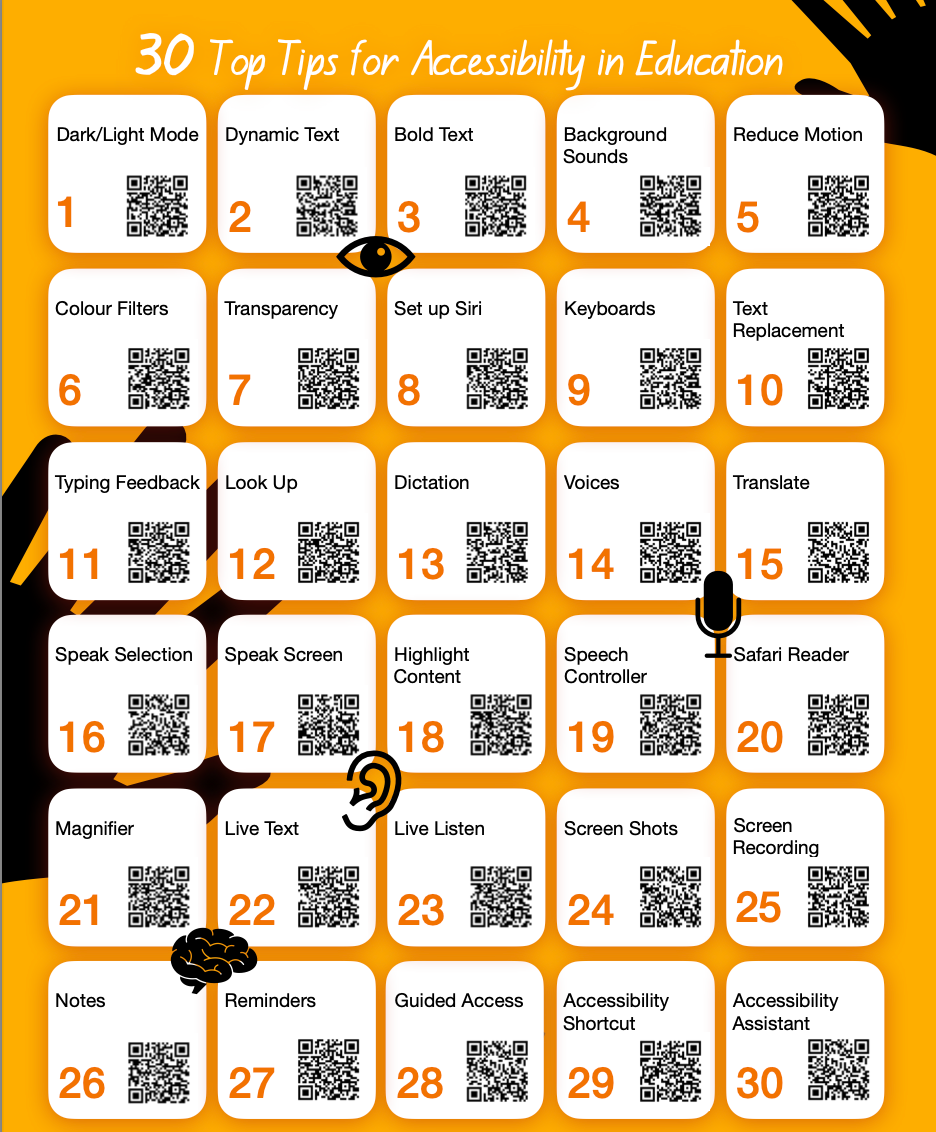How to adapt your lesson for home-based learning?
- iPad For Learning

- Mar 31, 2020
- 4 min read
Updated: Aug 2, 2023
In response to COVID-19, our government has suspended all physical classroom lessons and schools have switched to full home-based learning. While we have been preparing for the switch, it may still be very overwhelming for teachers to adapt their lessons for online learning. Hence, we have prepared 3 tips to help you transform your lessons to make them well suited for remote learning.

1. Fully understand the online platform you will be using for remote learning.
This is a very important key factor to take note when moving your classes online. Just like a physical classroom, the more familiar you are with where you are hosting your class, the smoother classes will run.
Let’s say you are using Google Meet to conduct your lessons. The key to ensuring a smooth-running class is to know what it can and can’t do. Google Meet allows screen sharing, file sharing, recording, and other standard features on an online communication platform. By understanding the different functions available on Google Meet, you can use them to improve your quality of the class. One useful example in order to allow students to focus on your lesson is to encourage them to pin your screen. This allows your screen to be constantly in view regardless of who is talking. Another useful function on Google Meet is live captions. It translates speech into text, aiding students who have difficulties understanding you on the online platform. The captions can be relatively accurate if you speak slowly and clearly, hence it can serve as a reminder to you to conduct your lesson in a steady, unrushed pace so that students are able to catch up.
Keep a lookout on teacher forums or help sites, there are many tips and tricks out there to minimise disruption and create a conducive learning environment for your students!
2. Organise your resources
The resources you make available online for your students should be easy to find, easy to access, easy to navigate through. It can get very frustrating for both you and your students if they have difficulty finding the resources needed for their studies. Imagine the number of messages you will be getting from students asking you where to find yesterday’s lesson slides or worksheet.
To keep your students and yourself motivated in this trying period, establish a consistent and user-friendly system for the best user experience for your participants. One example is to upload class resources onto cloud storage like Google Drive, Dropbox, or the Files App (for Apple users), if your school has an LMS (Learning Management System), it would be even better. Categorise the resources into different folders such as Lesson Slides, Worksheet, References, Assignments and more. Don’t forget to name your resources accordingly (e.g Algebra - Chapter 5) so that students do not have to look through different lesson slides to find the one they are looking for.

After you have arranged the resources neatly and systematically, share the link with your students and encourage them to bookmark the page. One useful communication platform to share such links with students is via Telegram. You can create announcement channels mainly for dissemination information and students can only view messages that are sent by you. Additionally, you can also pin important messages like the resource link so that students do not have to constantly scroll through the channel to access it. Other communication platforms you can consider include Whatsapp or FaceTime, especially if you want to make video calls.
3. Make your classes engaging by using a mix of tools
Getting students to stay engaged during remote learning can be challenging, especially when different forms of entertainment are available at home. An online class where you are just talking in the background would disengage students easily. Try to use a variety of tools during your lesson to make it interactive and informative at the same time.
If your classes are long and information-packed, your students will slowly drift away if you just talk and talk and talk. Such a situation is common but preventable in school, but it would be inevitable online as you are not able to guarantee that your students are paying attention. To make sure your students are paying attention, you can include mini-quizzes in between lessons. You can use a digital assessment tool like Formative to create quizzes and receive their answers in real-time.

Another tool you can use is a virtual whiteboard. This can be useful for students when they have broken into smaller groups and need a platform to lay out ideas and discussion. You can also occasionally check in on their virtual whiteboard to monitor their progress and give feedback.
These are some of the tools that can make home-based learning more engaging. However, if you are still unsure about how to make your lesson plan interesting and informative, we have an online Professional Learning Community (PLC) here on our website where you can find curated resources ranging from:
Lesson ideas for different subjects
Instructional videos for home-based learning
Sharing of lesson plans by other teachers



Comments